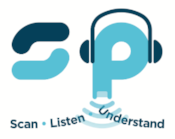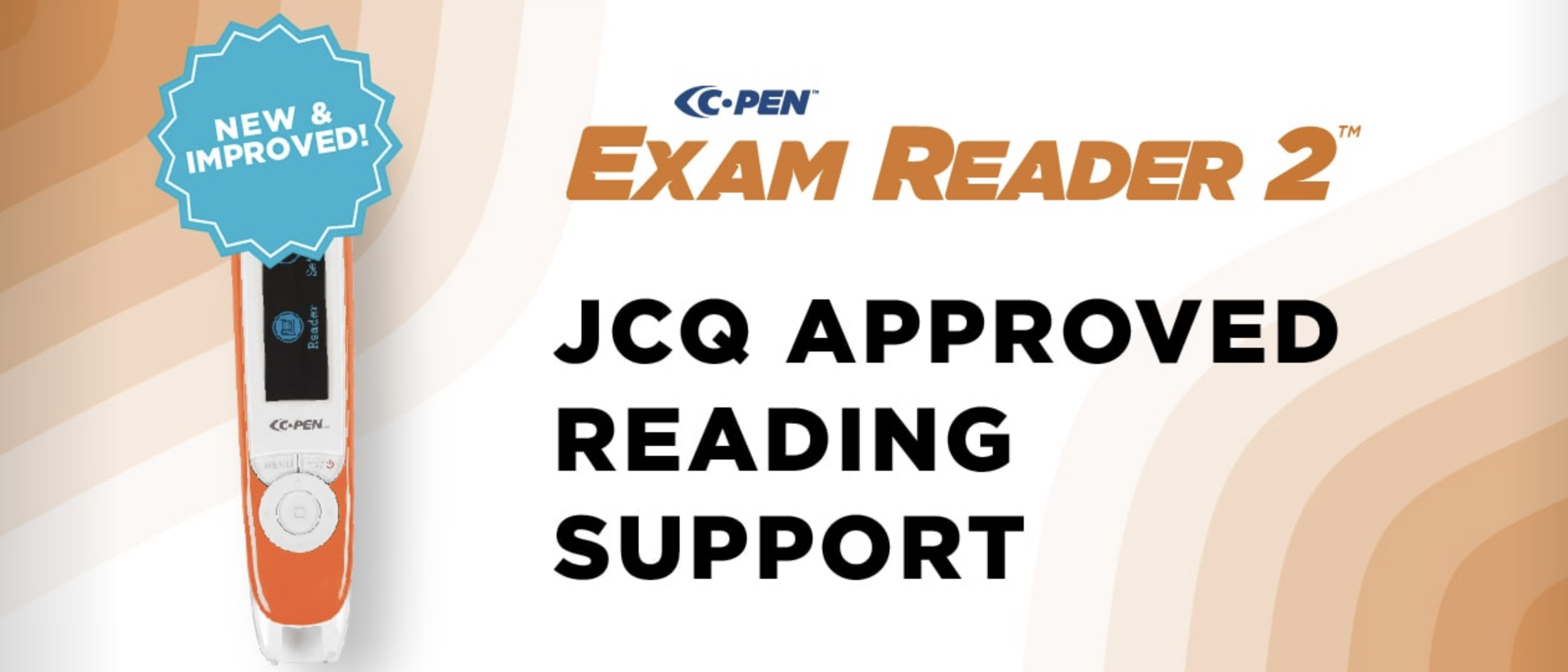The Big Exam Cram: Last-Minute Revising With Dyslexia
Cramming— last-minute, high-intensity revising— isn’t usually a form of revision that learners with dyslexia find themselves drawn to.
It can inject a lot of tension into the revision process as deadlines draw closer, and it often doesn’t leave a lot of time to decompress, process and relax… as well as putting high levels of pressure on their reading speed and reading skills.
But as the academic year draws to a close and many exams only days away, students often find themselves resorting to last-minute cramming, especially if they haven’t found an effective revision strategy or disengaged from revision due to stress in the previous few months. Simply put, for a lot of dyslexic learners, even though it isn’t ideal— it’s going to happen.
So, how can we hack cramming in a way that keeps dyslexic wellbeing our top priority?
Visual Learning can become Visual Cramming
Visual aids might greatly assist dyslexic learners in comprehending and retaining information. It’s a tried-and-tested revision strategy many learners and educators rate highly, and it’s easy to implement when it comes to supporting a cram.
It’s often memory vs. time in these scenarios, so anything that boosts retention is a great place to start. Many people report that colour-coding is helpful when sorting and retaining information, and devices like mind maps and flashcards might assist some learners in developing holistic understandings and bolstering links between facts they might rely on in an exam-time essay task.
Adopt a Multisensory Approach
Dyslexic learners might find learning less stressful and easier to retain ‘off’ the page— that is, outside of the written word and more toward the aural and practical. Encourage students to engage in practical activities related to the subject matter: in-class science revision could take the form of practical experiments over write-ups and tests, and out-of-class revision might take the form of interpersonal discussions or games.
Tactile Support and Stress-Busting Tomatoes
Some learners like to utilise creative materials or fidget devices to provide a physical and tactile experience while cramming. This approach might help learners associate information with physical sensations and aid memory recall— or it might just help bust the revision stress and help them focus, especially if they struggle with keeping attention or exam anxiety. Either way, it’s a simple addition that could make a lot of difference when the exam rolls around.
It's also a good idea to build breaks into a cram session: although it may feel counter-intuitive as time is at a premium, burnout can impact memory and understanding hugely. Try the Pomodoro Technique for a revision system that builds in downtime for a learning boost.
‘Chunking’
Breaking down information into manageable chunks is a widely-regarded learning methodology for dyslexic learners, especially during last-minute revision when time is limited. It’s here that flashcards and sticky notes come into their own— with limited space comes a relatively simple chunking system, and the information on them might become easier to retain as it’s in manageable, bite-size ‘chunks’ that don’t over-face the learner or require as high a degree of under-pressure recall. These ‘chunks’ can then travel anywhere with a learner and provide a manageable, short-form revision pack that feels simple and doable on the school run in a way that a textbook or exercise book often doesn’t.
It doesn’t have to stop at the ‘things to remember’ pile, either. When time isn’t on your side and exams are in a matter of days and not weeks, suggest breaking down revision subjects into manageable chunks too. Learners might find it easier to do a few hours of each than spend a day revising a single topic.
Leverage Assistive Technology
Advancements in technology have opened up new possibilities for dyslexic learners. By incorporating assistive technology tools, educators can empower students during last-minute revision and cut down on time spent reading and decoding in a way that puts information retention first.
Text-to-Speech software like the C-Pen Reader 2 allows dyslexic learners to have text-based materials read aloud to them, enhancing comprehension and busting stress when it comes to lengthy texts. Re-reading The Merchant of Venice probably won’t ever feel fun at age fifteen, but it can feel less stressful and more doable with the right tech in place. It might also go a little faster— meaning that there’s more time to focus on other topics or decompressing when time is tight.
Text-to-Speech software can also carry over into the exam itself, if the right accommodations structure is in place: find out more about the C-Pen Exam Reader 2 here!
Cramming and last-minute revising can be daunting for dyslexic learners.
It’s not an approach that leaves a lot of room to focus on mental wellbeing, not over-facing themselves, and reading at a pace that suits them. It’s probably not a revision methodology that suits learners with dyslexia and their learning and memory styles, either: many students wouldn’t choose it, or many educators really advise long-term.
However, learners will still opt for it when there’s a need to take in information quickly, and making sure they’re equipped to take on the challenge is important— and last-minute cramming probably isn’t going anywhere any time soon. That’s why the right support is paramount
There’s still time to change exam season for the better when it comes to reading.
Check out Scanning Pens’ award-winning Text-to-Speech tools below!







